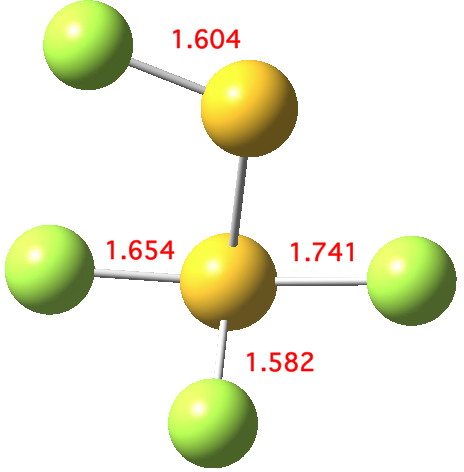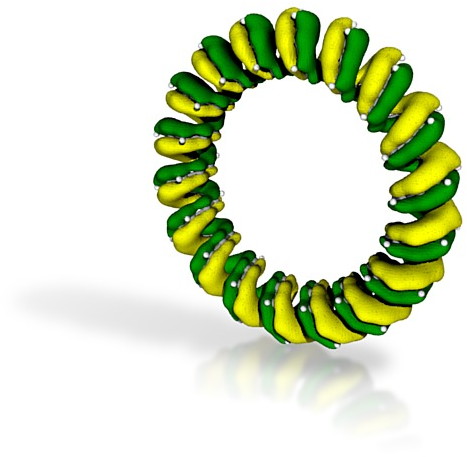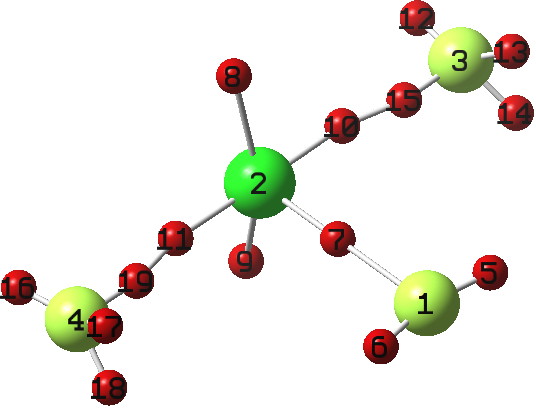In the two-publisher model I proposed a post or so back, I showed an example of how data can be incorporated (transcluded) into the story narrative of a scientific article, with both that story and the data each having their own independently citable reference (using a doi for the citation). Here I take it a step further, by publishing a functional procedure in a digital repository[cite]10.6084/m9.figshare.811862[/cite] and
Rogue Scholar Beiträge
The best known example of the gauche effect is 1,2-difluoroethane, which exhibits a relatively small preference of ~0.5 kcal/mol for this conformer over the anti orientation, which is also a minimum. But FSSF, which I discussed in the previous post, beats this hands down!
Paul Schleyer sent me an email about a pattern he had spotted, between my post on F 3 SSF and some work he and Michael Mauksch had done 13 years ago with the intriguing title “ Demonstration of Chiral Enantiomerization in a Four-Atom Molecule “.[cite]http://doi.org/d8g2nw[/cite] Let me explain the connection, but also to follow-up further on what I discovered in that post and how a new connection evolved.
I do go on rather a lot about enabling or hyper-activating[cite]10.1039/P29950000007[/cite] data. So do others[cite]10.1038/nj7461-243a[/cite]. Why is sharing data important? Reproducibility is a cornerstone in science, To achieve this, it is important that scientific research be open and transparent. Openly available research data is central to achieving this.

Andy Extance at the Chemistry World blog has picked up on a fascinating article[cite]10.1021/jz401578h[/cite] on the dimer of SF 2 . This molecule has three F atoms on one S, and only one on the other; FSSF 3 . But all four S-F bonds are of different length.
According to Herges[cite]10.1021/ci00017a011[/cite],[cite]10.1039/c2cc34026g[/cite] the mechanism of single-step (concerted) reactions can be divided into three basic types;
The concept of a “ hidden intermediate ” in a reaction pathway has been promoted by Dieter Cremer[cite]10.1021/ar900013p[/cite] and much invoked on this blog. When I used this term in a recent article of ours[cite]10.1021/jo401146k[/cite], a referee tried to object, saying it was not in common use in chemistry. The term clearly has an image problem.

We have been experimenting with full-colour 3D printing of molecular objects. I thought I might here share some of our observations. Firstly, I list the software used: Crystal structures as sources of ball&stick models ( e.g. the CCDC database). Gaussian style cube files for sources of wavefunctions.
The ultimate reduction in size for an engineer is to a single molecule. It’s been done for a car; now it has been reported for the pixel (picture-element).[cite]10.1021/ja404256s[/cite] The molecule above (X=O, NR, R=aryl, etc) has been shown to be capable of acting as a molecular pixel.

The Amsterdam manifesto espouses the principles of citable open data.